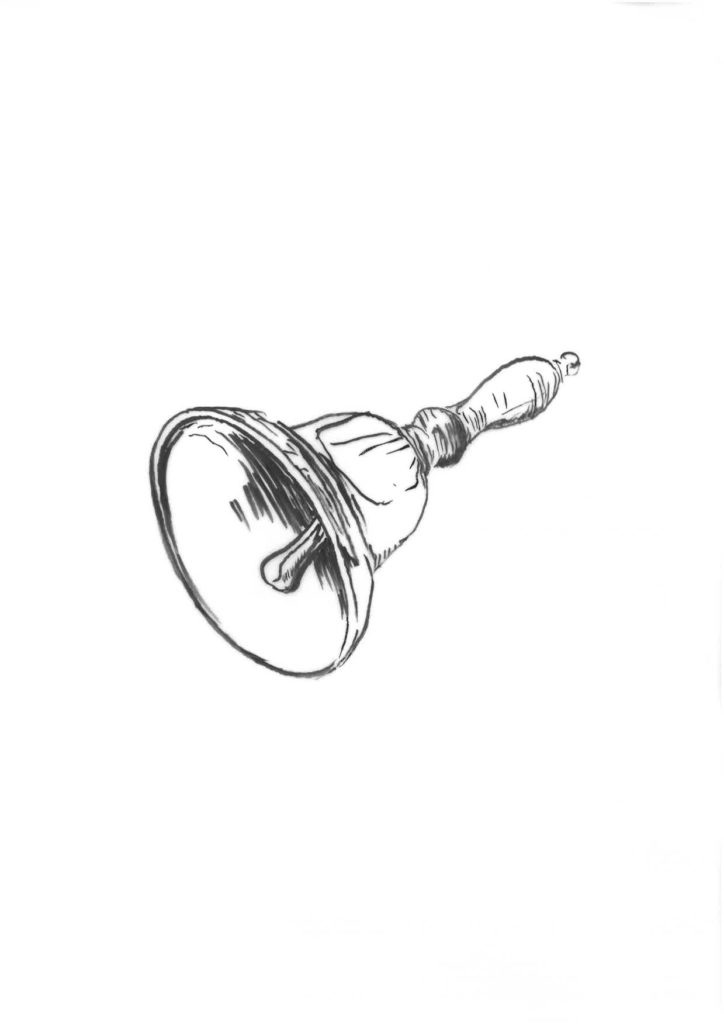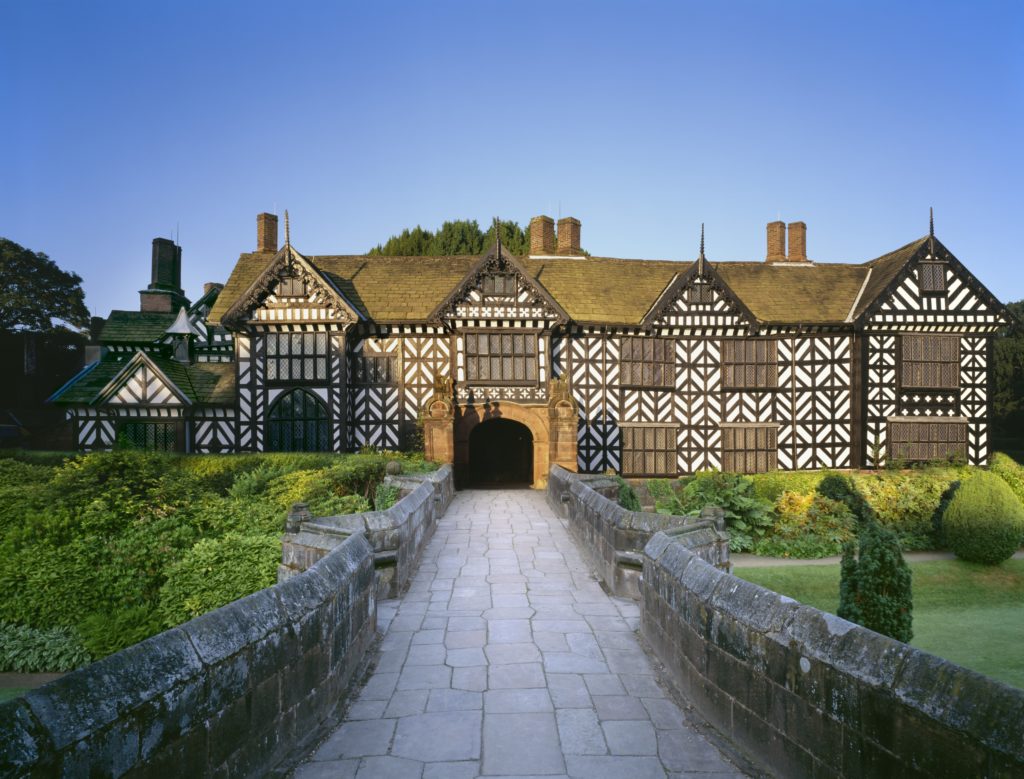Blog
Bells, bells bells: a medieval soundmark?
By Cécile de Morrée |
Bells probably represent the sound that is considered most characteristic for the medieval sonic environment (also called: soundmark). In the Middle Ages, bells were omnipresent and omni-audible. Bells represent an era, or so it is generally believed. True, the role of bells in medieval society was much larger than it is today, and we cannot…
Archiving the soundscape
By Rachel Willie |
Following on from our first workshop meeting in Vancouver in March, in September, we collaborated with the research team at Wellcome Collection to explore sound in the archives from a global, theoretical and historical perspective. Wellcome houses an exceptional collection of early modern rare books, manuscripts, prints and art works, and this gave us a…
Historical Soundscapes (c.1200-c.1800): an online digital platform
By Juan Ruiz Jiménez |
Paisajes Sonoros Históricos / Historical Soundscapes is a website designed to explore historical urban soundscapes aided by the outreach potential made possible through new technologies. This innovative approach will allow users to recreate music of the past in historical locations through the use of online interactive maps with digital resources (documents, videos, sounds, etc.). The…
Silent History: deafness and sign language in early modern Europe
By Rosamund Oates |
Early Modern Europe was an aural world. Despite the invention of print and the rise in literacy, speech was still the main form of communication: it was at the heart of religious worship and legal practice. In a world based around the spoken word, what about those who struggled to hear or who couldn’t speak?…
Listening to warning bells in Beware the Cat
By Rachel Stenner |
Sound functions as a literary device in William Baldwin’s Beware the Cat (c. 1552). This early novel recounts the tale of a curious priest and the alchemical consumption that enables him to open his ears in an exceptional way: he can understand the language of cats. Gregory Streamer, the priest in question, is kept awake…
Speke riddles
By Rachel Willie |
On the outskirts of Liverpool is Speke Hall, which was built from 1530-1598 by the Norris family and is now in the ownership of the National Trust. The fabric of the hall contains many visual and acoustic conundrums. In the Tudor period, there was a fashion for building riddles and curious devices into buildings, but…






